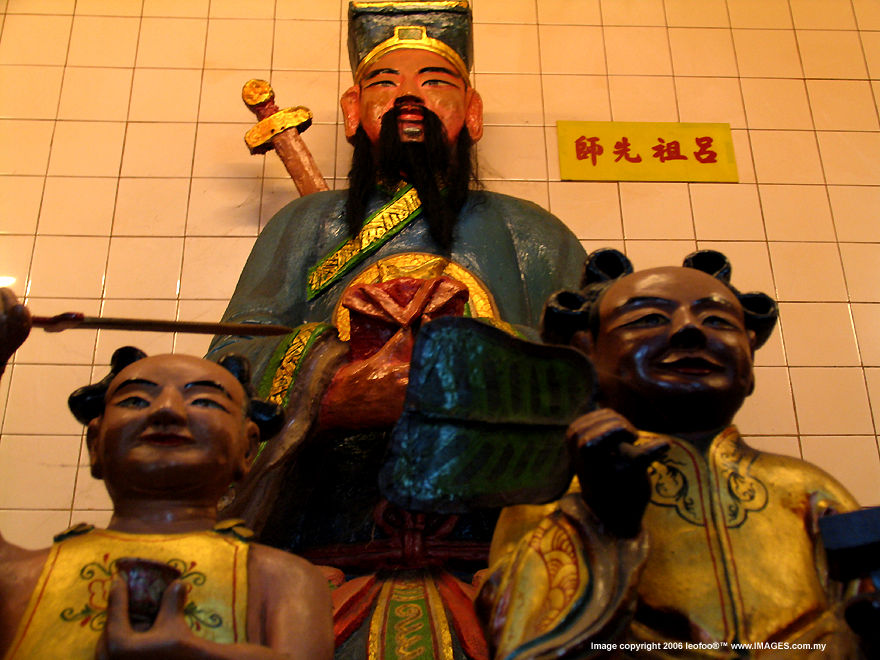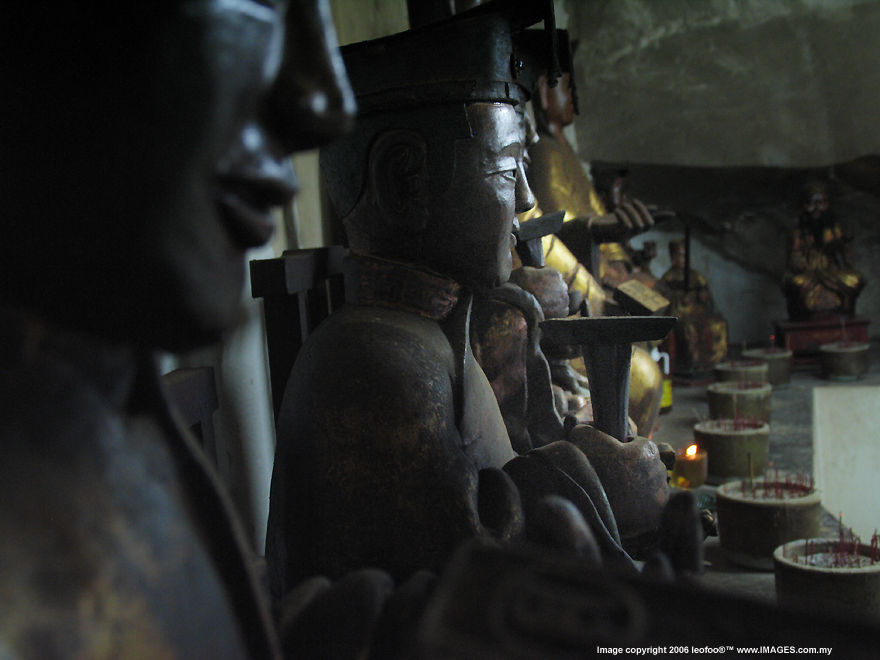You have to understand this is a Taoist temple (or Tao
Jiao, simply explained as School of Tao ("Path"), because it is easier
to understand why all the worship figures are different from other Buddhist temples.
We often conclude the school as Taoism or Daoism. Some says Tao Jiao or Taoism is
essentially a religion practiced in much of China for thousands of years which included
ancestor worship and drew heavily upon concepts and beings within Chinese mythology
and hence all these could group them as folk religion. Classical Taoism defines a
specific path to enlightenment that is clear and unambiguous and enlightenment begins
by understanding the philosophy of life as taught by Lao Tzu, the founder of Taoism
and apply the principle to day to day life. If you still find it difficult, Errr
.... Tai Chi the slow and elegant wushu (Chinese Martial art style) was found by
a Taoist master. Relative: History and Origin of Taoism
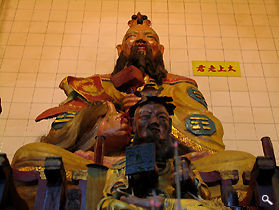 |
 |
Most of the Taoist religious figures and personalities
installed inside this cave temple are of old age. Some are grouped outside the cave,
the comparing old Tai Shang Lao Jun is the main image in there that equivalent to
Buddha in Buddhism and a newly installed Kwan Yin statue at the external temple compound.
|
The early Chinese settlers from China southern
Provinces during Tin-ore-rush period often looked for people writing home letters,
or even seeking guide on traditional astrology. I guess some of the priest may also
equipped with medical knowledge to treat injuries and this could be the basis of
enabling early group of priests to settle here.
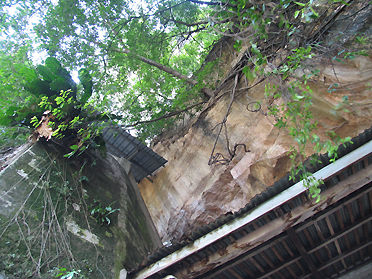 |
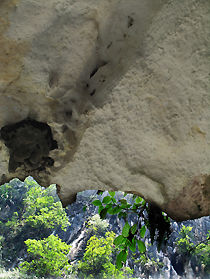 |
In and out, this Taoist cave temple also has exceptional
scenic views, with a typical natural organic limestone characteristic found in Ipoh
city and human interference in altering its basic structure was not being too obvious.
|
It is very cooling inside, possibly due to cave effect but strangely humidity is
low due to good ventilation as the larger cave at the rear section provides a natural
course for wind to blow through from the front to the back exit and vise versa.
|
